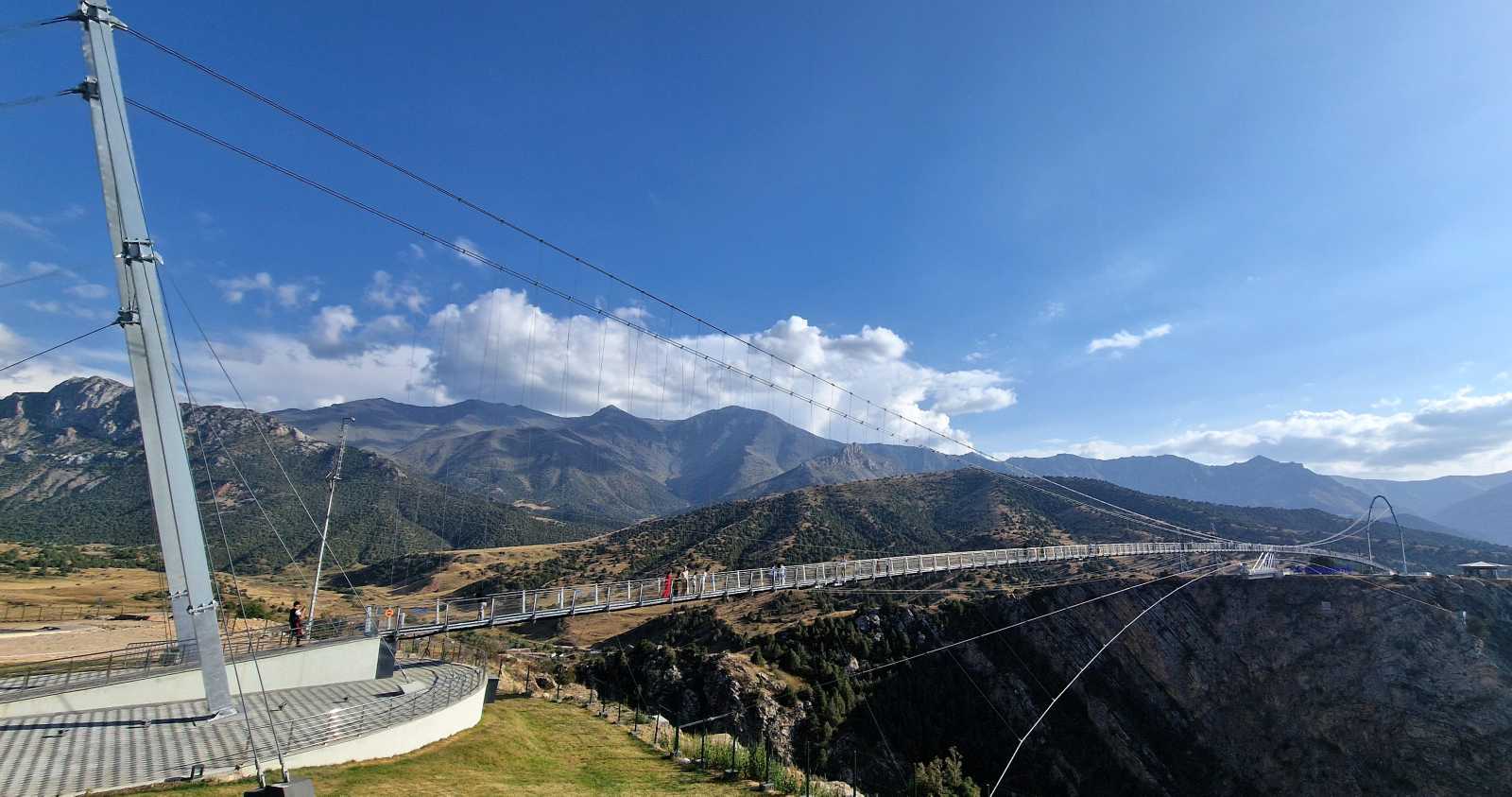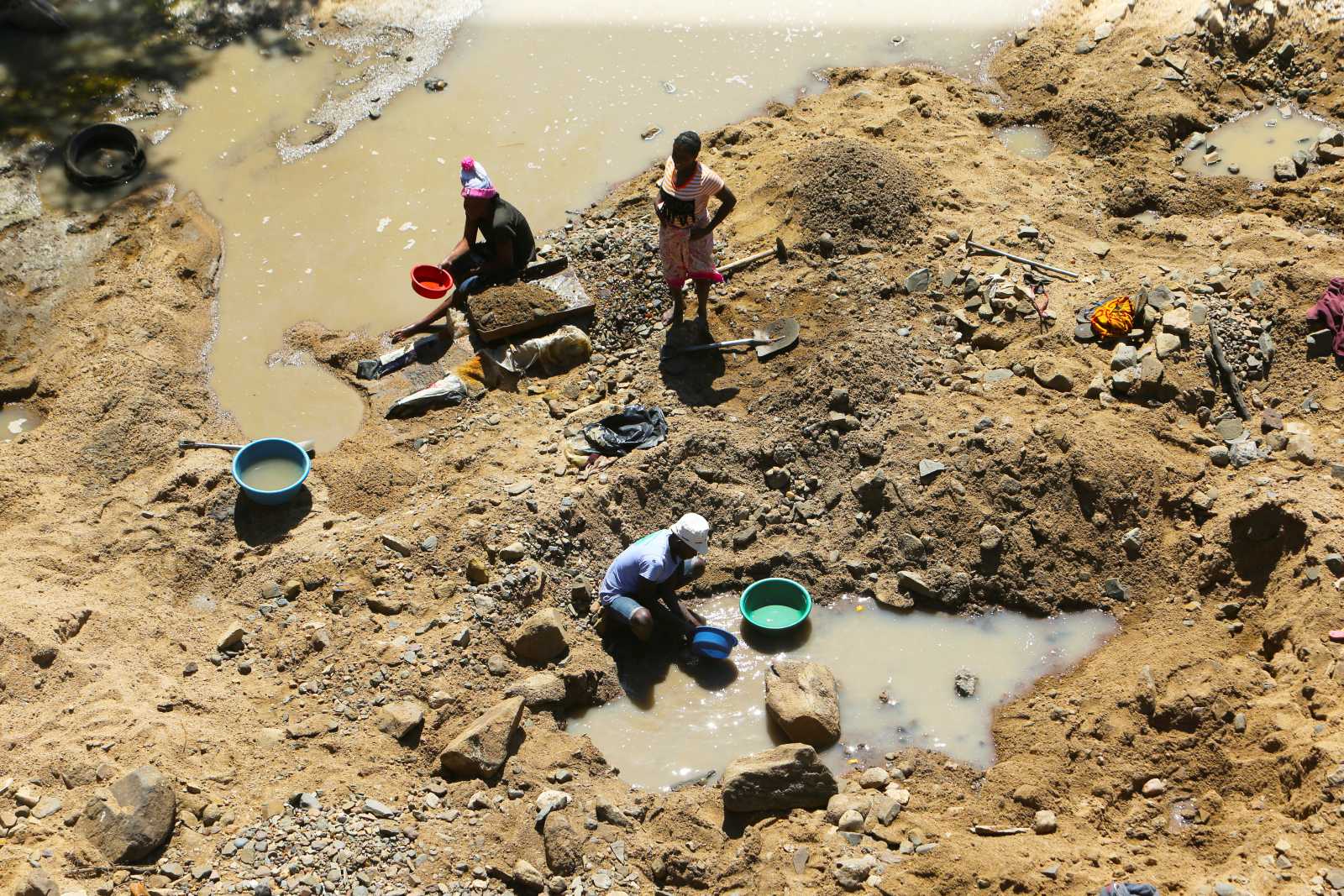Olympic Games
Drop that western bias
[ By Nora Sausmikat ]
The protest of Tibetans has once again made the human rights situation in China a hot topic, as it was when the 2008 Olympic Games were awarded to China on 13 July 2001. Back then, Jiang Zemin was president, the country was about to join the WTO, and the Chinese were sparing no expense to celebrate the 80th anniversary of the founding of the Chinese Communist Party. Moreover, the leaders promised to focus on setting up a democratic system in the years 2001 to 2005. The International Olympic Committee hoped that holding the Games in Beijing would help bring about positive change, and human-rights organisations did report improvements in the local situation. Now, we have apparently gone back to square one.
On top of all this, the earthquake in Sichuan is so far estimated to have cost 70,000 lives and made 5 million people homeless. However, this catastrophe had some positive side effects in terms of reputation. For instance, the Chinese government used its chance to show how fast and effectively it can act in the case of crisis. 50,000 soldiers and healthcare workers were quickly mobilised. Within two weeks, more than 60 airplanes flew in, bringing food and aid to the region – and taking out people in need of care. Compared with Burma, China performed very well. In contrast to Tibet, journalists enjoyed free access to the affected region; and western media showed sympathy instead of scorn.
A political earthquake
However, the crisis in Tibet and the one in Sichuan can hardly be compared, even though the earthquake did have political dimensions. Hundreds of parents protested, more than 1000 children had died due to the collapse of school buildings, whereas the buildings where government officials live and work remained standing. Just as the SARS crisis changed the health sector in 2003, this earthquake revealed to what extent the Chinese government has neglected education facilities in rural areas. One must hope, however, that the government will not only pass new programmes, but will also monitor enforcement– as it did in 2003.
Overall, however the earthquake caused a humanitarian, not a political crisis. Tibet, on the other hand, touches upon two highly sensitive issues: The way China treats minorities and territorial unity. In the 1980s, autonomy rights were expanded, but that process came to a sudden stand still after the riots of 1989, which the current president “successfully” stamped out, then serving as the party secretary for the province of Tibet. However, recurrent unrest has less to do with Tibet’s call for independence than with the disappointed hope that the Dalai Lama might return.
The monks who began peaceful protests were only concerned with the latter. His return, however, depends on an agreement between the Government of Tibet in Exile and Beijing. Talks resumed in the late 1990s. Ever since, the main bones of contention have been
– Territorial issues,
– the demand for greater foreign-policy freedom,
– the call for an independent status for the citizens of Tibet and
– the stay of the Dalai Lama in Lhasa, not in Beijing.
The Dalai Lama himself has demanded the “genuine autonomy” Mao promised in 1955. However, most of this is merely a power play between politicians. Tibet’s rural people, who still make up 85 % of the population, are hardly interested in such “overriding” issues.
Violence was started by urban Tibetans. Over the course of the past few years, the quarrelling sides have only become further entrenched. Several trends have contributed to tensions, including
– discrimination against Tibetans on the labour market,
– the growing number of unemployed,
– the exploitation of raw materials (with 63 % of all resources located in minority regions),
– the massive immigration of Han Chinese and
– the destruction of the natural environment.
On top of all this, Tibet also suffers from the problems found all over China. Laws like the one on educational freedom passed in 2004 are simply not enforced, and laws for family planning are interpreted differently from one place to another. Furthermore, the party head who was appointed in 2006 for the autonomous region has rolled back all formerly achieved progress with his “patriotic educational campaigns”, thus conforming to the tough reputation he won for his paramilitary intervention in Xinjiang.
Tibetans motivated by nationalist and religious ideals are increasingly willing to resort to violence, and they, along with the international Tibet movement, are contributing to conflict potential in all regions in which Tibetans live. Under these circumstances, it hardly seems likely that the government-in-exile and Beijing will be able to reach common ground.
Cooling things down
As things are, Tibetan independence seems completely unrealistic. The government-in-exile is estranged from the people, and a local Tibetan elite has not blossomed. Moreover, Tibet is poor. Both in terms of gross domestic product and in the Human Development Index, Tibet comes in last among all Chinese provinces. There has never been an independent Tibet recognised by international law, and the Dalai Lama is not calling for one. On 23 March, Chinese intellectuals wrote an open letter to the Chinese government calling for a radical reform of the country’s policy towards Tibet. They agreed with the Dalai Lama on a number of issues. For instance, they called for the autonomy rights guaranteed by the Constitution to be enforced. These are the freedom of religion and the right to file suit against nationality policy.
Others have been speaking out in favour of a more federalist approach for some time. But some circles within the Chinese government still fiercely oppose the very idea; and it is indeed very difficult to draw borders for any “autonomous Tibet”. As the government-in-exile would have it, the region covers a large part of Sichuan, Gansu and Qinghai. Moreover, the Tibet issue also opens up the Taiwan question – though the Taiwanese government disagrees, arguing that the island is not a “province” of the People’s Republic. The Tibet issue also touches upon the political status of Mongolia and the mainly Muslim region of Xinjiang. The only way to calm things down is to redefine autonomy rights, support Tibetan social institutions and involve the Dalai Lama. This approach, however, would certainly need backing from the international community.
Media omissions
Unbiased reports are almost impossible to come by. Western and Chinese media both use very emotional images. The former emphasise brutal suppression of peaceful protesters, while the latter hound the Dalai Lama. However, Beijing is again conducting talks with the Dalai Lama, and it has become evident that there have been victims of violence on both sides.
Because of overblown negative media coverage, the west is losing its credibility. It is ridiculous that old immigration laws are presented as “new rules and bans for your visit to the Olympics”, that even the BBC used fake photos and that there is talk of “resource wars” or even a “world war for prosperity”. On the other hand, the economic interests western nations pursue in China and the contribution of multinational corporations to exploiting the country’s natural resources go uncommented. No wonder that conspiracy scenario are gaining credence in China.
Certainly, the Chinese leadership is to be blamed for the escalation of the Tibet crisis, which could have been avoided by keeping earlier pledges of autonomy. Like Xinjiang, Tibet will remain a source of tension. But the west is contributing too, for instance by its habit of lambasting countries like China when it serves its interests. Positive change in terms of respect for human rights, Tibetan interests or freedom for trade unions will not occur unless the situation is assessed realistically and fairly. Healthy trends such as efforts to reform the political system, increasing opportunities for people to participate in decision making, the growth of investigative journalism inside China and alliances of environmentalists from civil society with the government must also be taken into account.
Blanket criticism of China will only call forth the old nationalistic forces. What we need instead is diplomacy based on dialogue and full-colour reporting instead ofblack-and-white simplifications.







